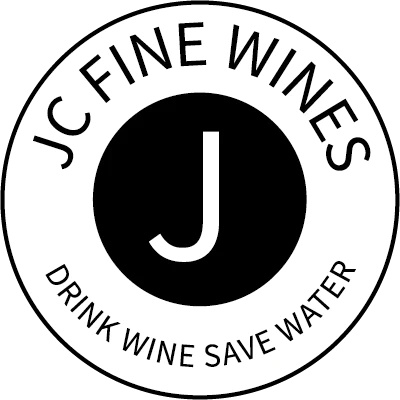This is a dark brooding wine, displaying super ripe plums, cherries, notes of burnt caramel, cracked black pepper, and vanillin expressions from the American oak on the nose. The palate is classic Casey’s, with an explosion of dark ripe fruit and vanilla oak which is then contained in the embrace of a fine line of silken oak tannins that travels down the length of the palate complemented by lovely savoury notes and fine acidity.
The Casey’s Block at Seppeltsfield is a prime example of the intense diversity of the Barossa Valley vineyard landscape. Located on the site of an old poultry farm, the soils are loaded with depleted, decomposed manure. Planted in 2010 with cuttings taken from our Alices, Seven Acre, Apricot and Roennfeldt Road Shiraz blocks in equal proportions, the first vintage released in 2013. At the top of the Casey’s Block, which runs parallel to Alices, the soils are red clay loams, with the lower section more sandy loam. The lower section competes for the sparse moisture, whereas top section benefits from an ancient aquifer that runs around 12 meters below the surface.
Pre-veraison conditions were hot and very dry, with high winds at flowering decimating yields to an all time low. Good rains at the end of January, and cooler than average ripening and harvest conditions produced a very low yield of small berried fruit, producing intensely flavoured wines with firm tannin lines.
The vineyard was picked in two sections on March 11 and 12. The fruit was destemmed and fermented in open top slate fermenters for 6-7 days before being transferred to 100% American oak (10% new) for 20 months.
This is a dark brooding wine, displaying super ripe plums, cherries, notes of burnt caramel, cracked black pepper, and vanillin expressions from the American oak on the nose. The palate is classic Casey’s, with an explosion of dark ripe fruit and vanilla oak which is then contained in the embrace of a fine line of silken oak tannins that travels down the length of the palate complemented by lovely savoury notes and fine acidity.
Cellaring recommendation: 8-10 years





